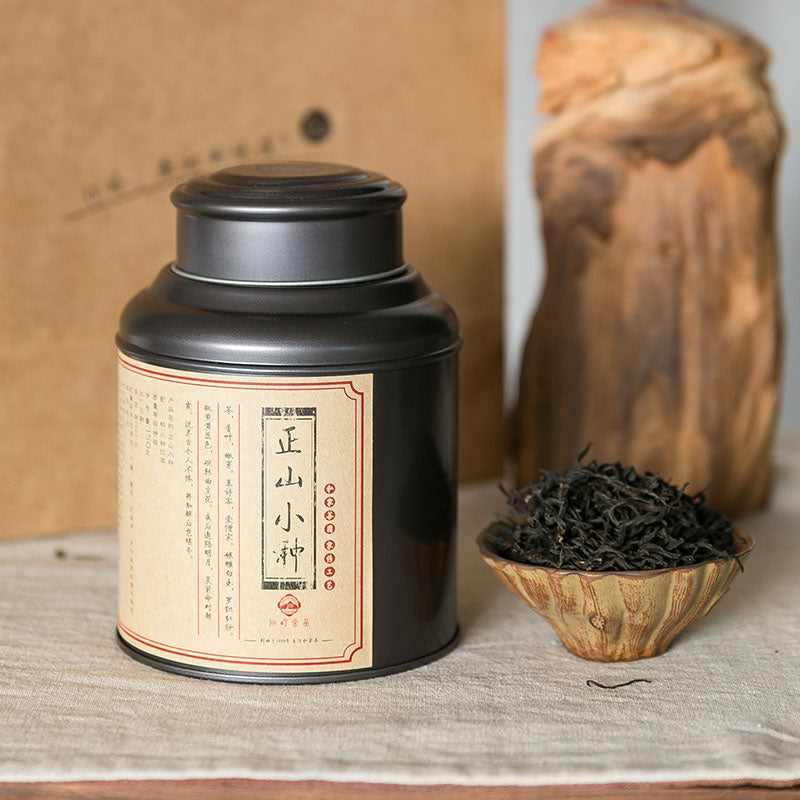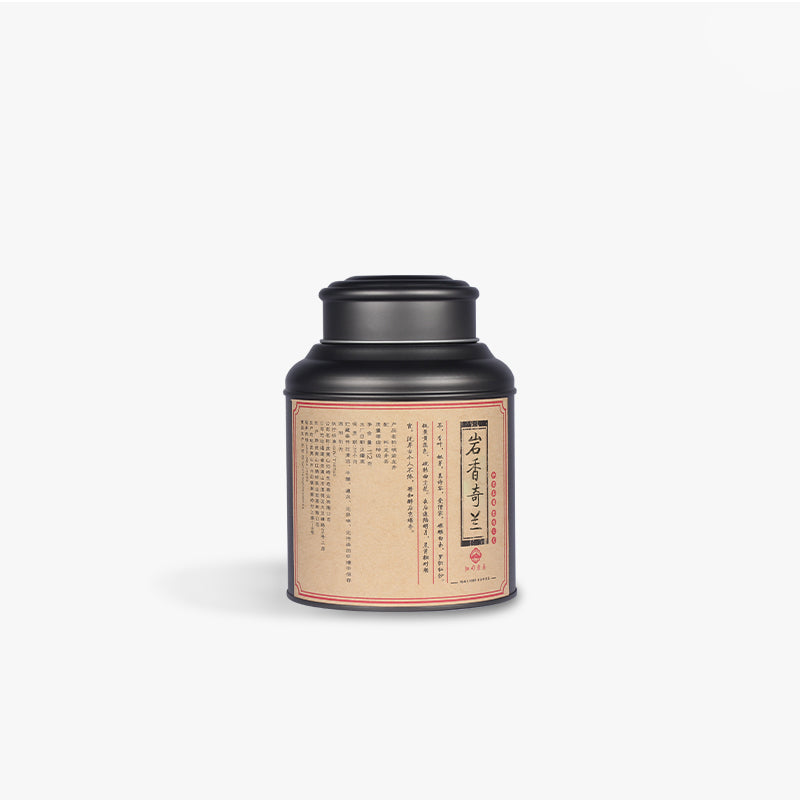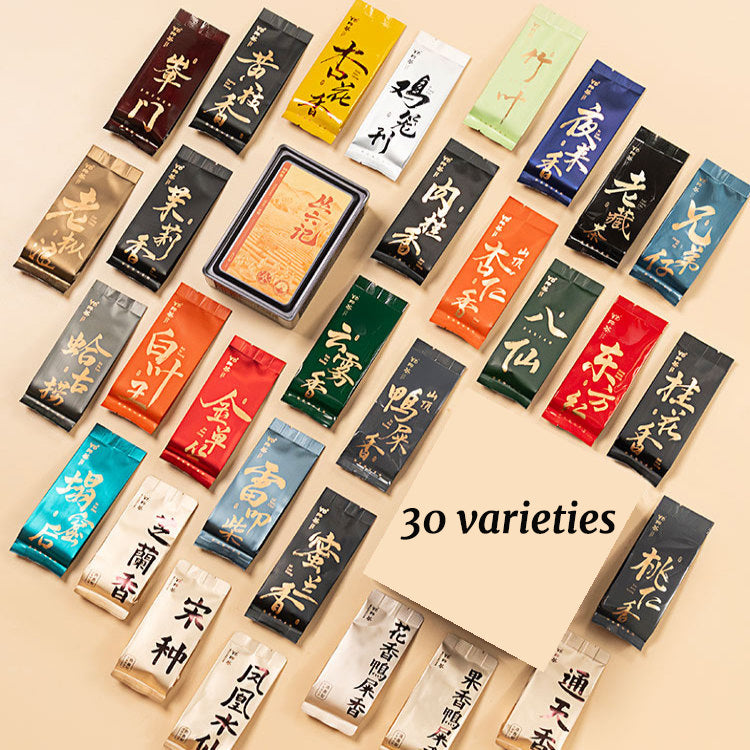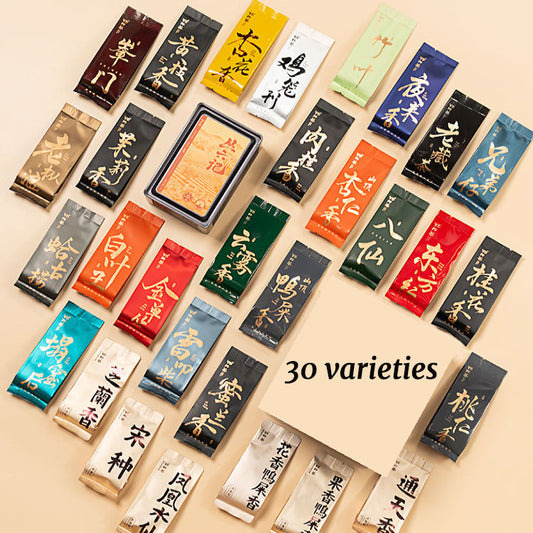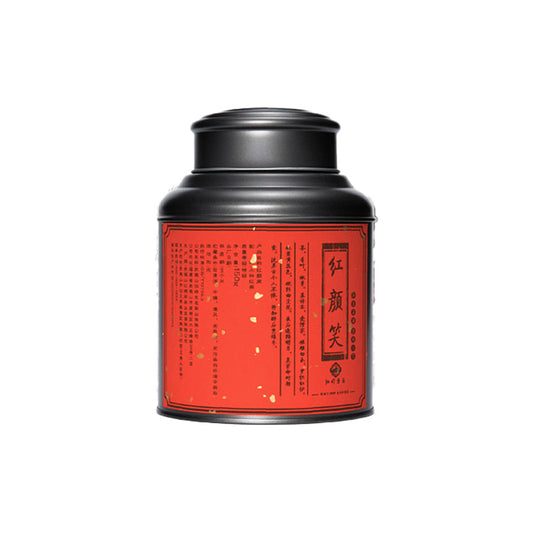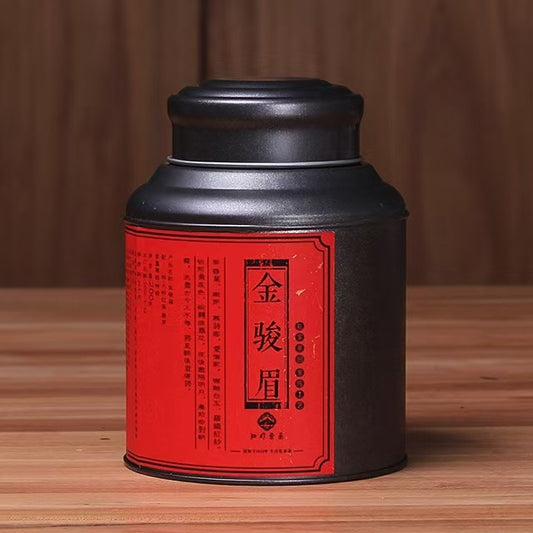Black Tea Shelf Life A Journey Through Time and Flavor
Black Tea Shelf Life A Journey Through Time and Flavor
In the world of tea, each leaf promises a tale of art, tradition, and a dash of science. Among these, black tea holds a unique place. Its robust character and warming depth have enchanted tea lovers across the globe. But how long can we expect these leaves to retain their splendor? Welcome to an exploration of black tea’s shelf life, where a little foresight ensures that each cup is brewed to perfection.
Black tea, unlike its greener cousins, revels in a longer shelf life, thanks to its oxidized nature. This transformation beefs up its resilience against time. Yet, as with all good things, the peak of black tea isn’t forever. Generally, you can expect it to maintain its luxurious flavor and aroma for about two to three years if stored properly. But what does “properly” really mean? Let us delve into the artistry of preservation.
The journey of black tea from leaf to your cup begins with a process steeped in tradition. During oxidation, the leaves darken and develop complex flavors reminiscent of malt or chocolate, with subtle hints depending on the terroir. This process doesn’t just create taste—it lays down a foundation for longevity. If you’ve ever encountered the rich, almost wine-like notes in a well-kept Assam or the delicate, floral hints in a Darjeeling, you’ve experienced this preservation of flavor firsthand.
Storing your tea correctly is akin to a gentle nod to the centuries of craftsmanship behind each blend. The enemies of black tea’s shelf life are air, light, moisture, and heat. These deceptively simple factors can alter the delicate balance of compounds within the leaves. An airtight container, a cool, dark pantry, and keeping humidity at bay will protect your tea like a precious heirloom. Just imagine: each time you slide open that tin, you’re communing with not just the tea farmers but with every steaming cup from years gone by.
Across China and India, tea masters have long shared stories of teas aged with intention. While green teas lose their vibrancy with age, some black teas, like Pu-erh, thrive under the test of time. The difference lies in the recipe of oxidation and fermentation. However, it’s a game of patience and precision, best left to experts or the truly adventurous connoisseur. For most, enjoying black tea at its freshest is a delight not to be missed.
Sometimes, I find myself questioning what stories my cup would tell if it could speak. How many mornings did it brighten, how many conversations did it inspire? And isn’t that the essence of tea? A simple pleasure, fragrant with tradition and possibility. So, as you ponder your next brew, think of it as an invitation to step back in time, cherish the care in its making, and simply savor the beauty of the moment.

